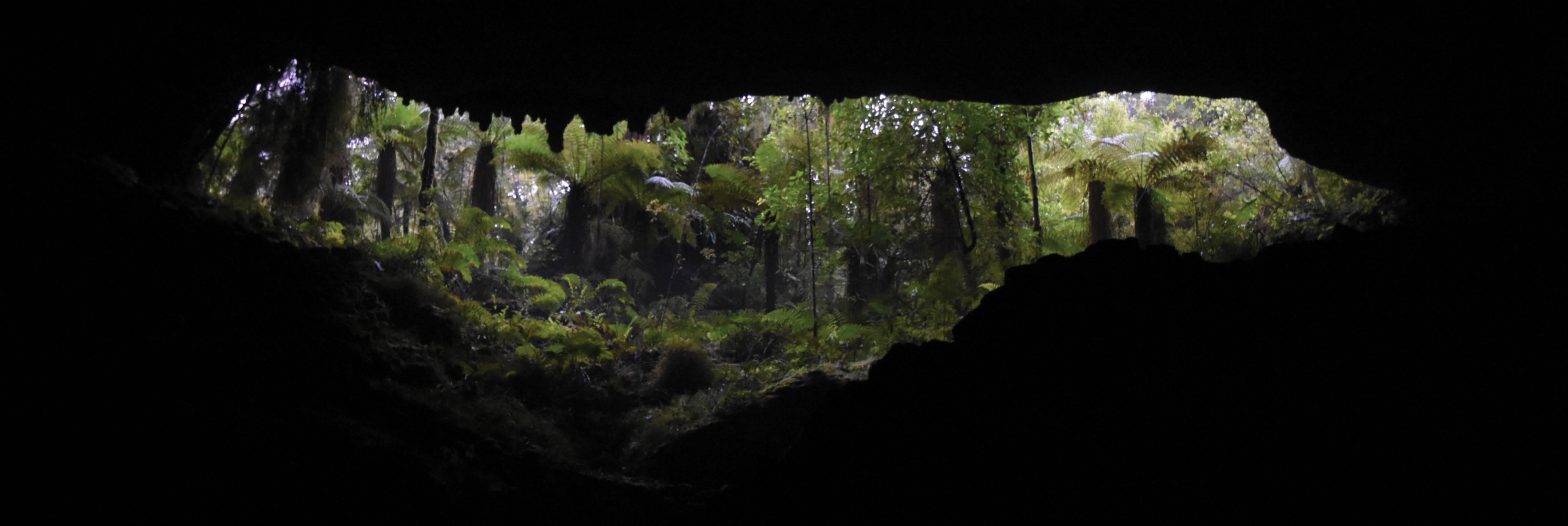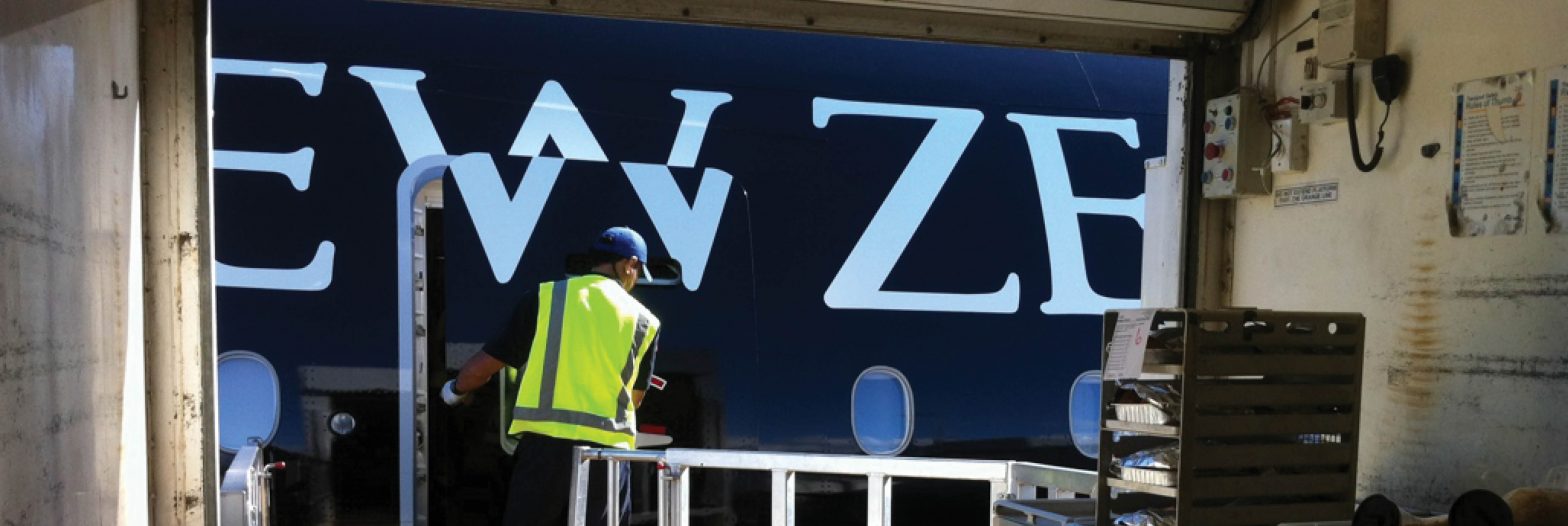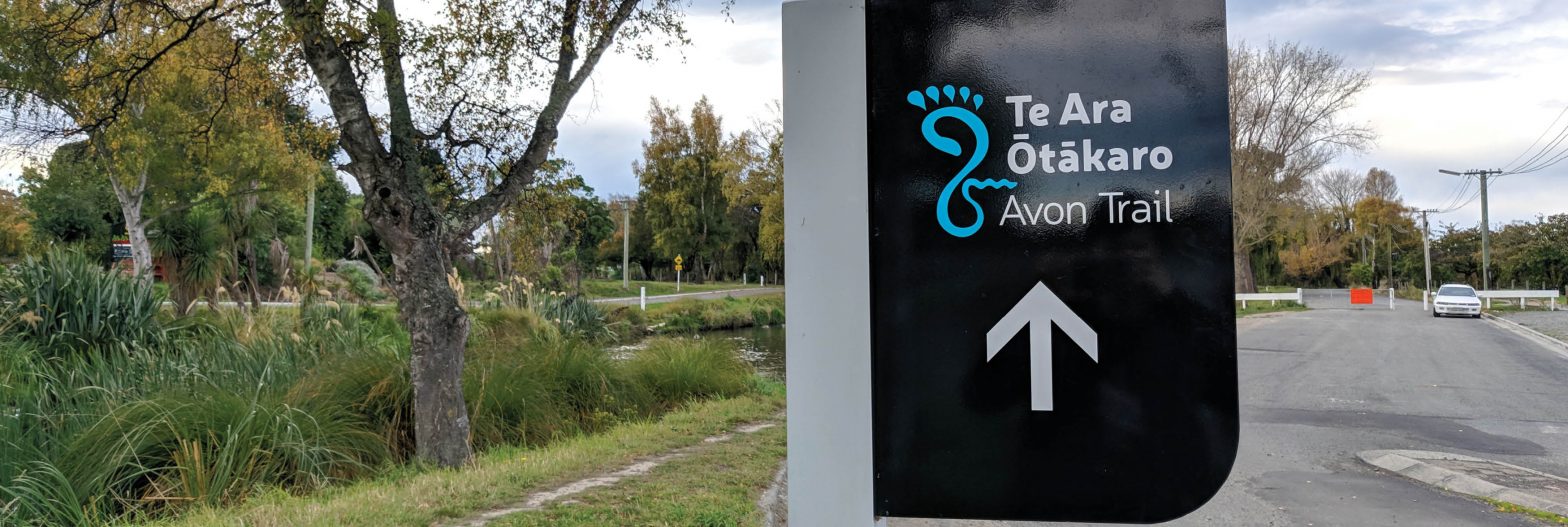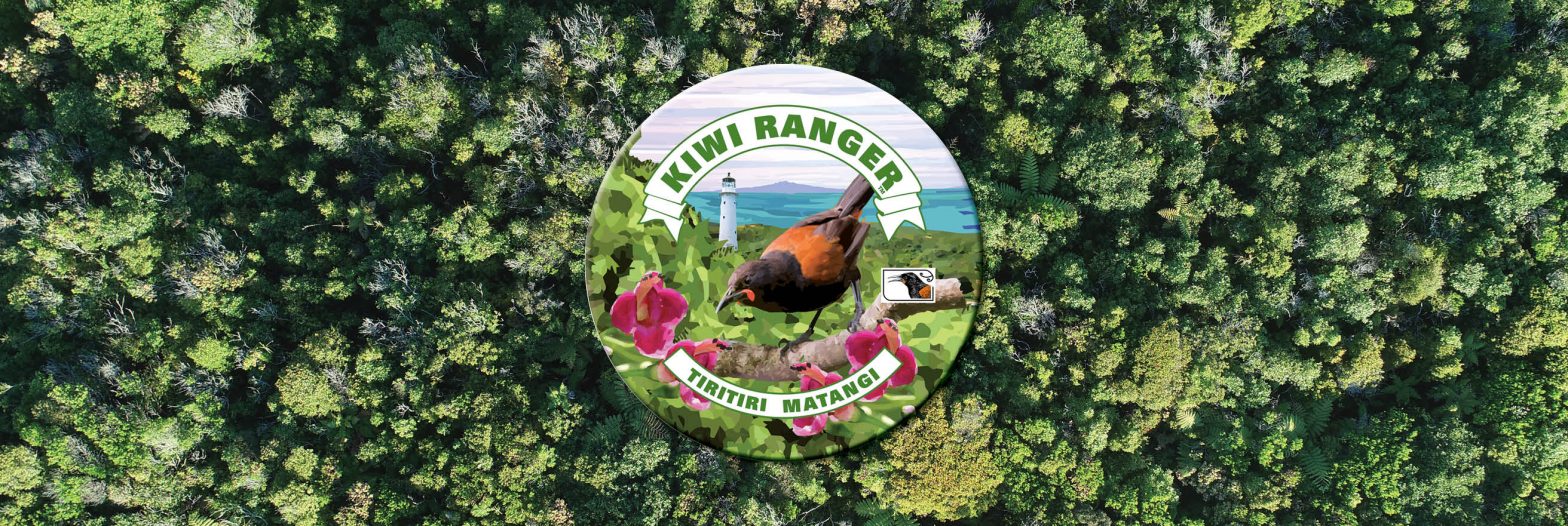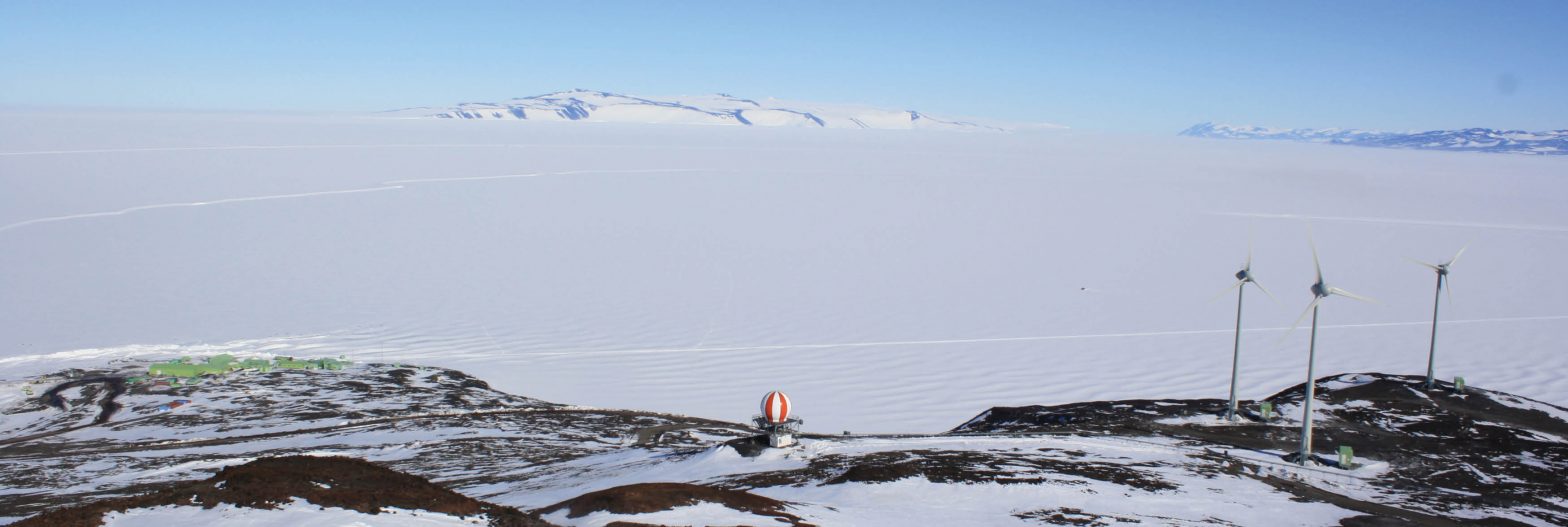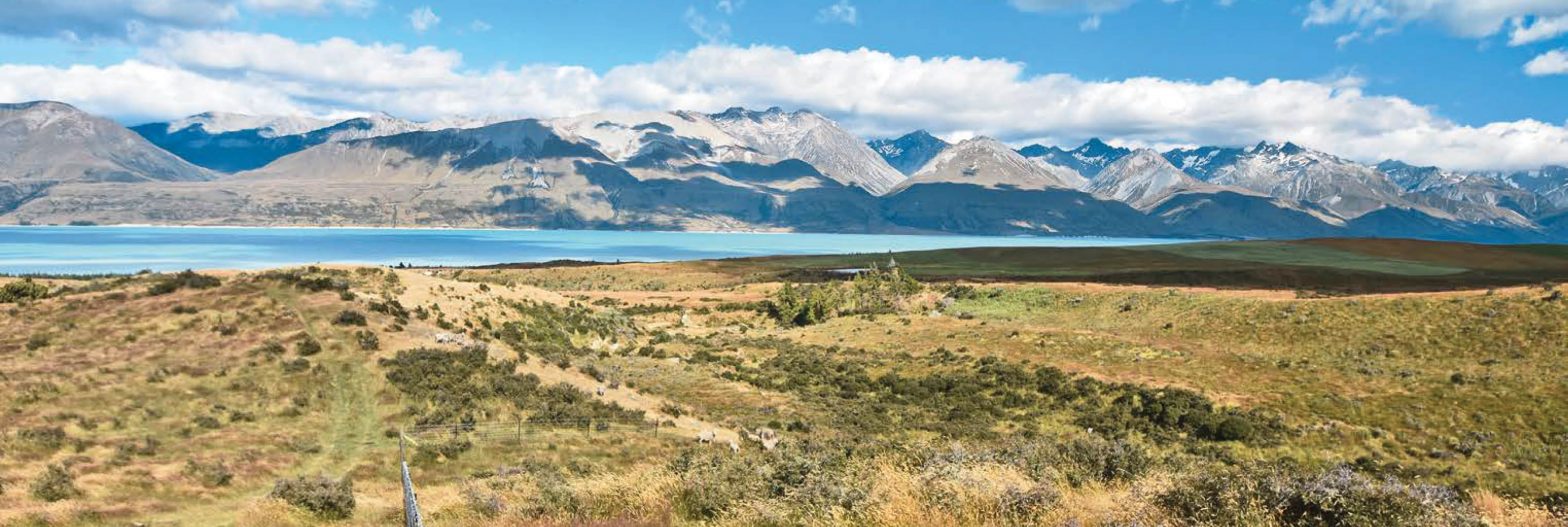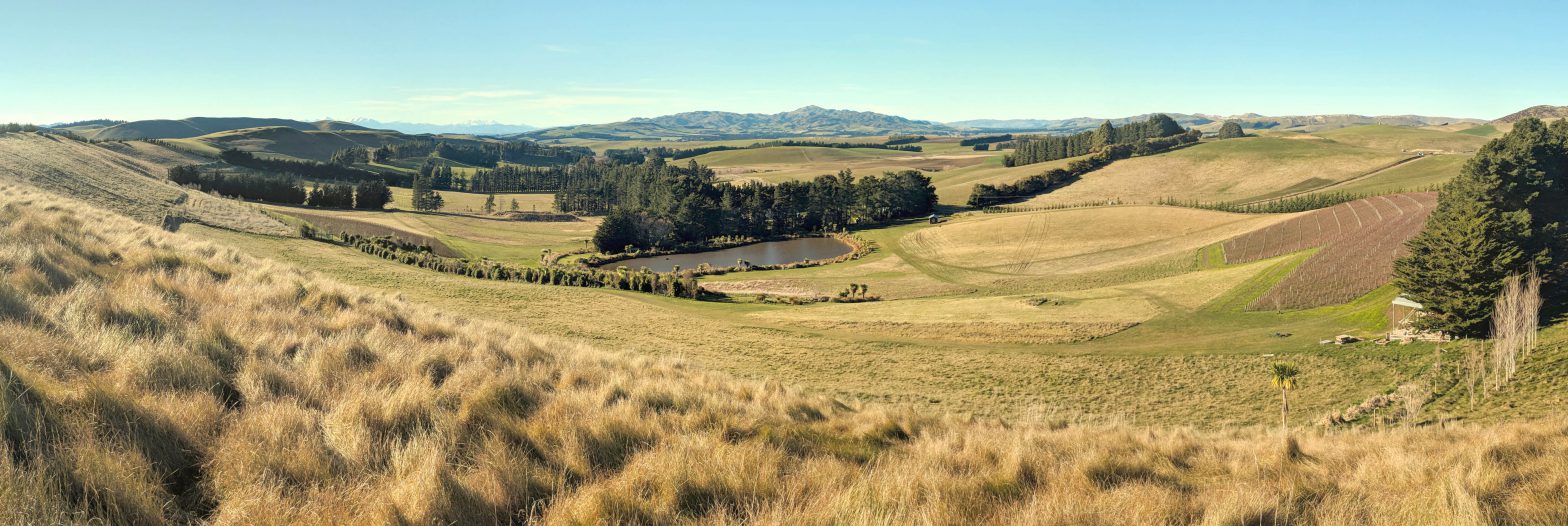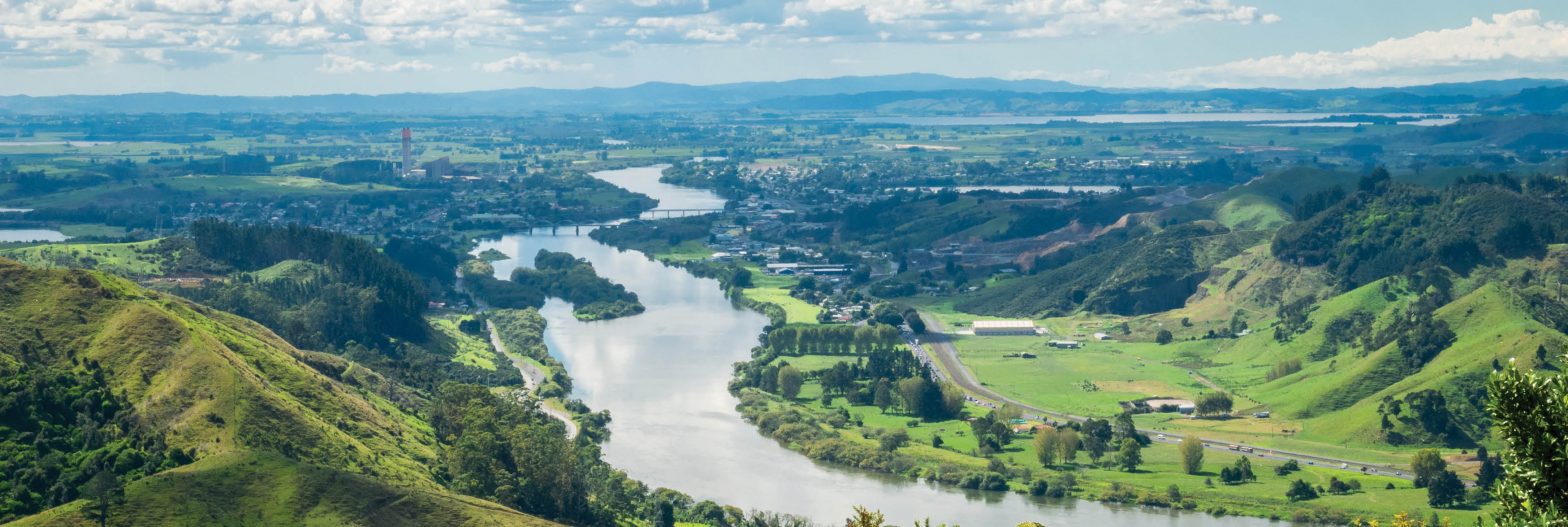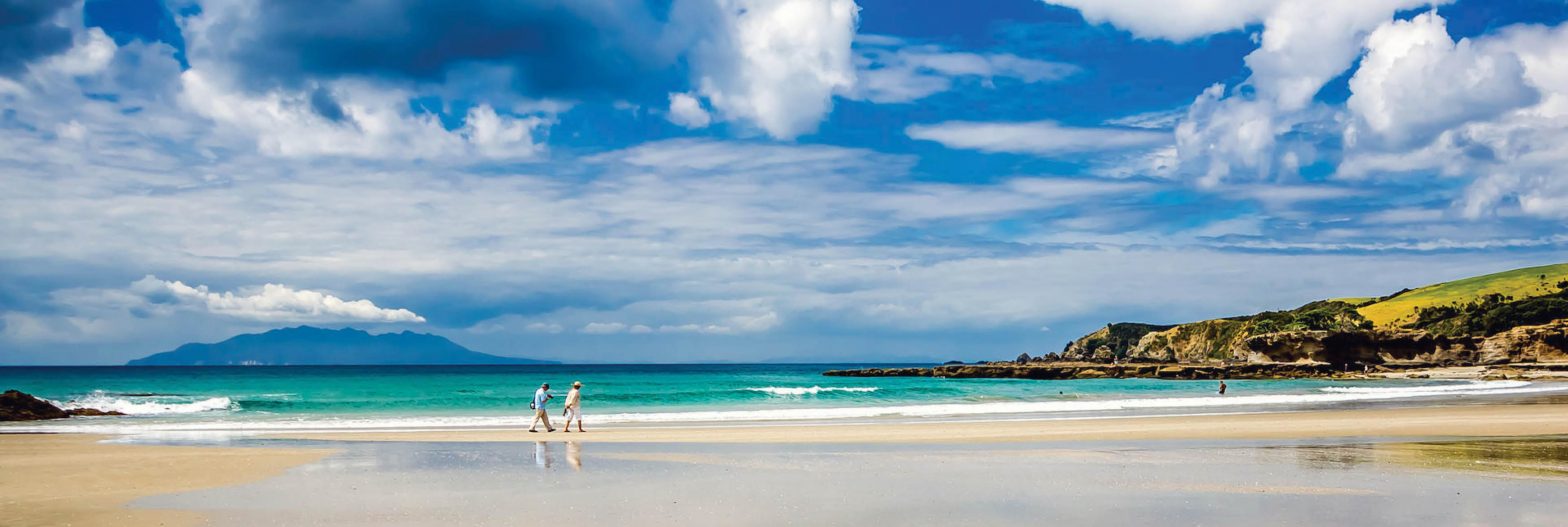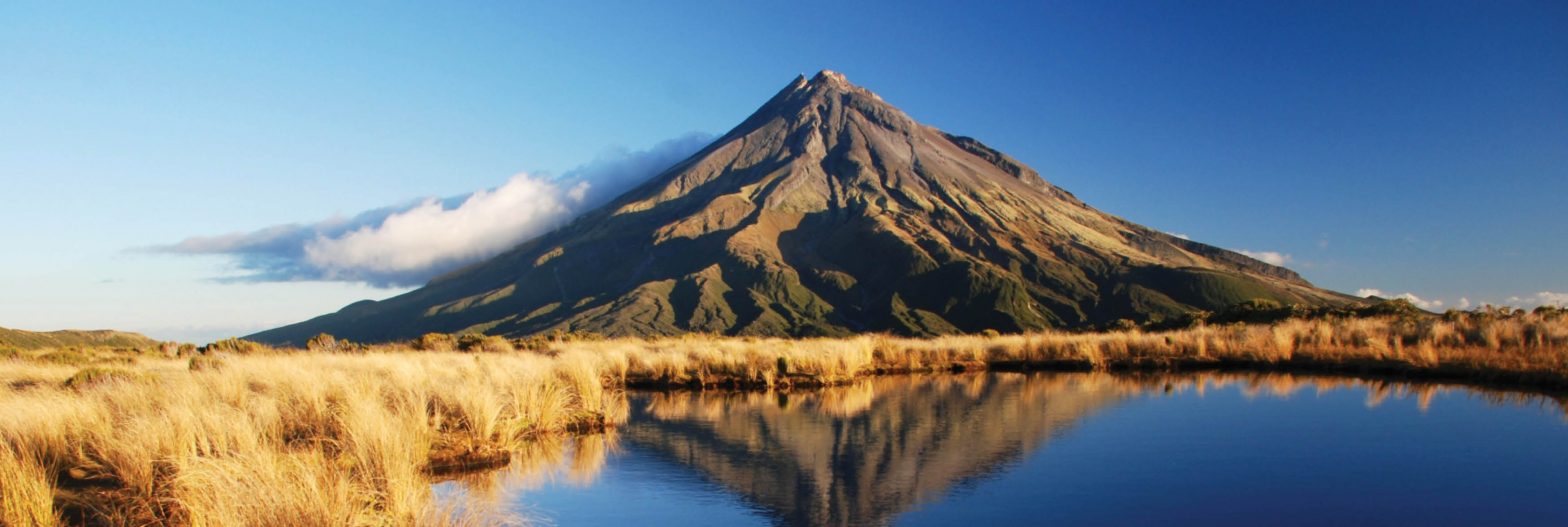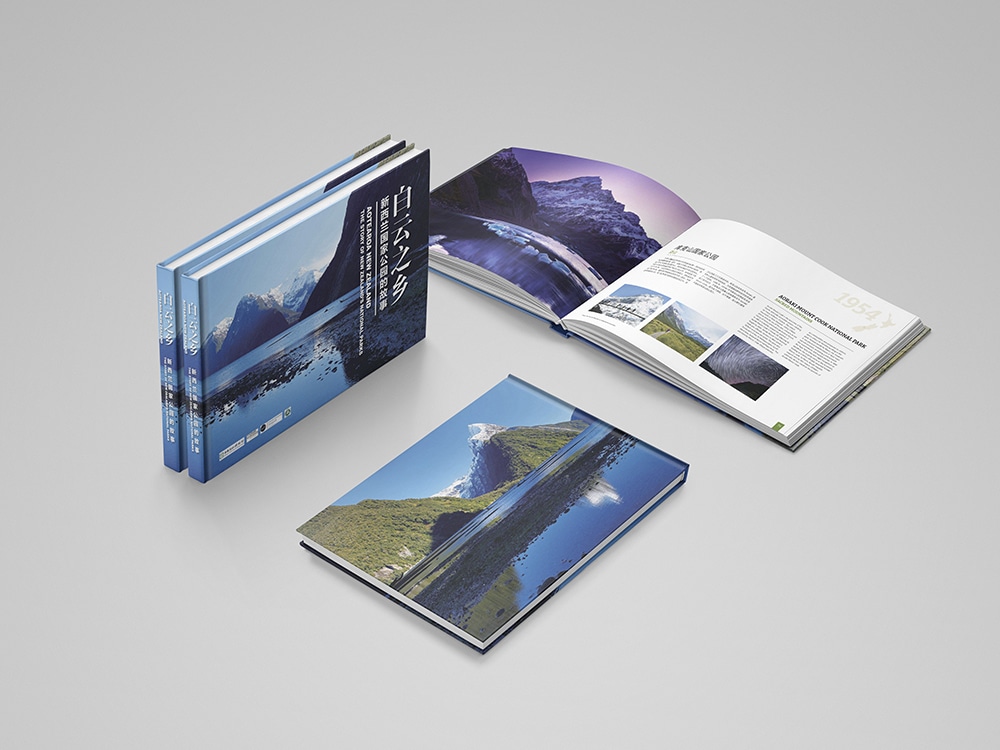The Oparara Basin – Oparara Arch and the Honeycomb Hill Caves Oparara Basin is a magical place famous for its limestone arches and caves that are the final natural resting places of moa – the largest bird that ever lived and Poukai, the now extinct Giant Eagle. From past extinctions to a future of conservation …
project_category Archives:
Air New Zealand Long-haul Catering Weight and Waste Reduction Project
Complete breakdown of waste profile of Air New Zealand customers Key findings from this section include the waste profiles, broken down by passengers, class, aircraft and long-haul network. Comparative impacts of these are assessed by weight, fuel burn and relevant environmental indicators. Facilities review Catering, wash, waste and assembly facilities that process Air New Zealand’s …
Continue reading “Air New Zealand Long-haul Catering Weight and Waste Reduction Project”
Te Ara Ōtākaro Avon River Trail
Kiwi Ranger Programme New Zealand
Developed Across 16 Sites across Aotearoa New Zealand The Kiwi Ranger Programme is designed for children of all ages. Across the country, each of the 16 sites has a unique set of activities and stories kids can engage with. A Journey of growth The 16 sites have been developed over a 5 year journey. Today …
Antarctica New Zealand’s Scott Base Waste Reduction
Relative Impacts of Seafreight and Airfreight It can be generally assumed that airfreight produces greater CO2eq emissions than seafreighting the same item. However, in terms of provisioning Scott Base, seafreight requires the use of a support icebreaker, which has a very high fuel requirement. In 2010-11 AntNZ shipped 189t southbound, with data provided indicating 50% …
Continue reading “Antarctica New Zealand’s Scott Base Waste Reduction”
Mackenzie Basin Drylands Park
Collaborating with students and design researchers To explore the possibilities of combining protective and productive land uses, the design research process involved twelve senior landscape architecture students working with the three themes identified in the agreement: conservation, protection and tourism. Multiple drivers – Designing with Multifunctionality Seven drivers that could act as agents to direct …
Pyramid Valley Vineyard Masterplan
A Breathing Landscape and Waterscape System The narrative reveals three key systems – a water system, planting system and experiences. Each of this expresses an aspiration to connect with nature. Master plan A staged masterplan is developed to expand the existing pocket of the wetland, growing natural-made resources for many more generations of wine making …
Franklin-North Waikato Tracks and Trails Strategy
Undertaking a Collaboration Process The development of the Strategy has involved ongoing input, workshops and discussion with iwi, local government and central government agencies, local community groups and key stakeholders. Vision Map of the region showing part of the extent of the Waikato, including its waterways, wetlands and lakes – expressing a shared aspiration for …
Continue reading “Franklin-North Waikato Tracks and Trails Strategy”
Matakana Coast Tracks and Trails Strategy
Undertaking a Collaboration Process The development of the Strategy has involved ongoing input, workshops and discussion with iwi, local government and central government agencies, local community groups and key stakeholders. Identifying Key Landscape Layers A ‘layering approach’ considering a range of landscape and seascape factors was used to analyse existing factors valued in the region. …
Continue reading “Matakana Coast Tracks and Trails Strategy”
Taranaki Tracks and Trails Strategy 2040
A Collaboration Process Working closely with iwi, local government and central government agencies, local community groups and key stakeholders throughout the design process. Identifying significant cultural and ecological landscape layers Undertaking key documents review, site studies and desktop analysis to identify existing assets, stories, programs and proposals. Sketching was used as a key method to …

